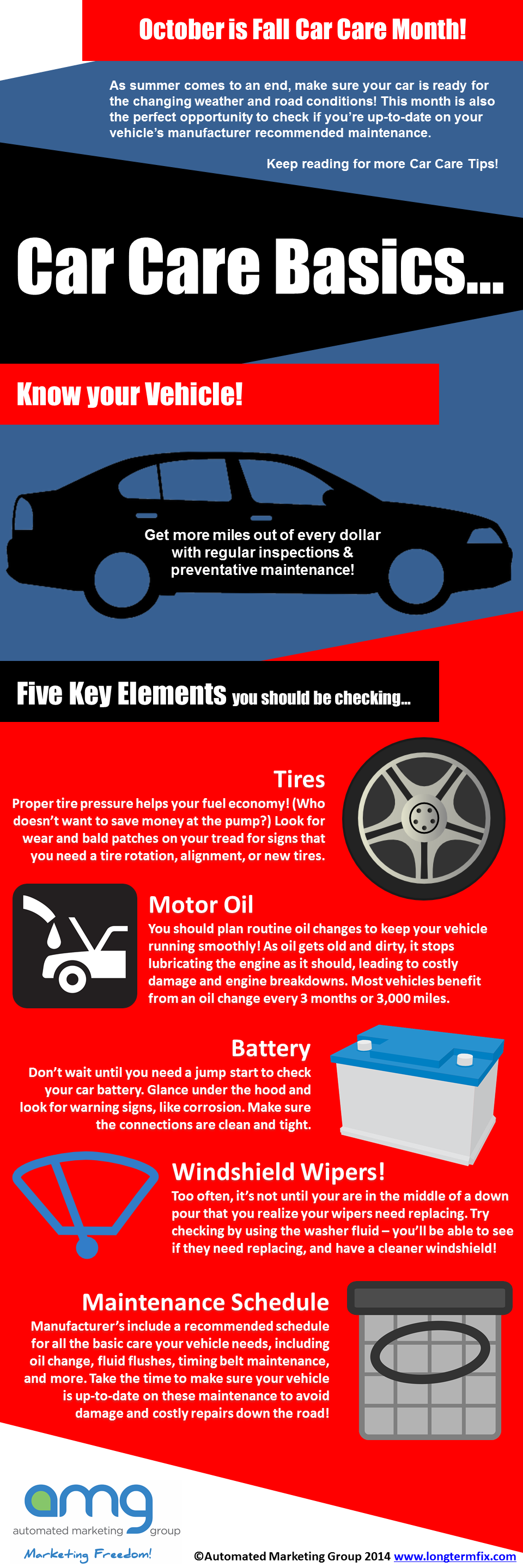Understanding The Definition Behind Your Automobile'S Warning Lights: An Extensive Look
Understanding The Definition Behind Your Automobile'S Warning Lights: An Extensive Look
Blog Article
Authored By-Sykes Alvarado
When you lag the wheel, those radiant caution lights on your control panel can be a little bit bewildering. Do you know what they're trying to inform you regarding your car's health? Comprehending the value of these lights is crucial for your safety and the longevity of your car. So, the next time one of those lights pops up, would not you wish to decode its message properly and take the needed actions to resolve it?
Common Caution Lights and Interpretations
Recognize typical caution lights in your auto and comprehend their meanings to ensure secure driving.
One of the most typical warning lights include the check engine light, which signifies concerns with the engine or emissions system. If this light comes on, it's essential to have your lorry checked without delay.
The oil stress advising light suggests low oil stress, calling for prompt interest to avoid engine damage.
A flashing battery light could suggest a defective charging system, possibly leaving you stranded otherwise dealt with.
The tire pressure tracking system (TPMS) light informs you to reduced tire pressure, influencing car security and fuel performance. Disregarding this might lead to harmful driving problems.
The abdominal muscle light shows a problem with the anti-lock stopping system, compromising your ability to quit promptly in emergency situations.
Last but not least, the coolant temperature warning light warns of engine getting too hot, which can result in severe damage if not fixed swiftly.
Comprehending these common warning lights will certainly assist you address problems promptly and preserve safe driving conditions.
Significance of Prompt Focus
Understanding the usual caution lights in your vehicle is just the very first step; the importance of immediately dealing with these cautions can not be stressed sufficient to guarantee your safety when traveling.
When a warning light illuminates on your control panel, it's your car's way of interacting a possible issue that requires interest. Disregarding these warnings can lead to much more extreme issues in the future, endangering your security and potentially costing you a lot more in repairs.
Motivate attention to advising lights can stop break downs and accidents. For instance, a blinking check engine light might indicate a misfire that, if left unattended, could trigger damages to the catalytic converter. Resolving pop over to this website can save you from a costly repair service.
Likewise, https://ecutuningnearme27395.onzeblog.com/31106111/frequently-held-misunderstandings-regarding-vehicle-repair-work-explained alerting light could indicate reduced brake liquid or used brake pads, vital elements for your safety and security when driving.
Do It Yourself Troubleshooting Tips
If you discover a caution light on your dashboard, there are a couple of do it yourself repairing suggestions you can try before seeking specialist assistance.
The very first step is to consult your auto's guidebook to recognize what the specific caution light shows. Occasionally https://techcrunch.com/2021/07/15/shopmonkey-raises-75m-series-c-to-help-auto-repair-shops-streamline-their-business/ can be as easy as a loose gas cap setting off the check engine light. Tightening up the gas cap might deal with the problem.
An additional usual problem is a low battery, which can set off various alerting lights. Checking the battery connections for corrosion and ensuring they're protected might deal with the trouble.
If a caution light continues, you can try resetting it by separating the car's battery for a few minutes and after that reconnecting it. In addition, inspecting your automobile's liquid levels, such as oil, coolant, and brake fluid, can help repair warning lights associated with these systems.
Verdict
Finally, understanding your vehicle's caution lights is essential for keeping your vehicle running efficiently and safely. By immediately dealing with these signals and knowing what they suggest, you can stay clear of pricey repairs and possible break downs.
Keep in mind to consult your automobile's handbook for specific information on each alerting light and act appropriately to make sure a hassle-free driving experience.
Keep educated, remain safe when driving!
